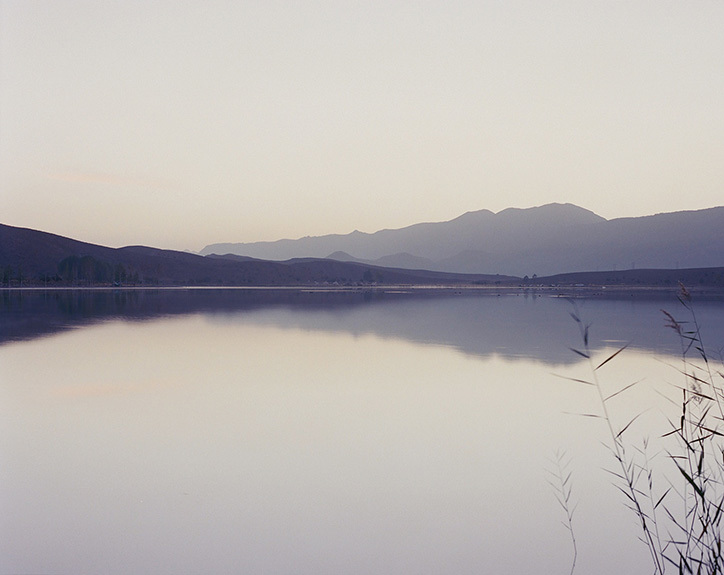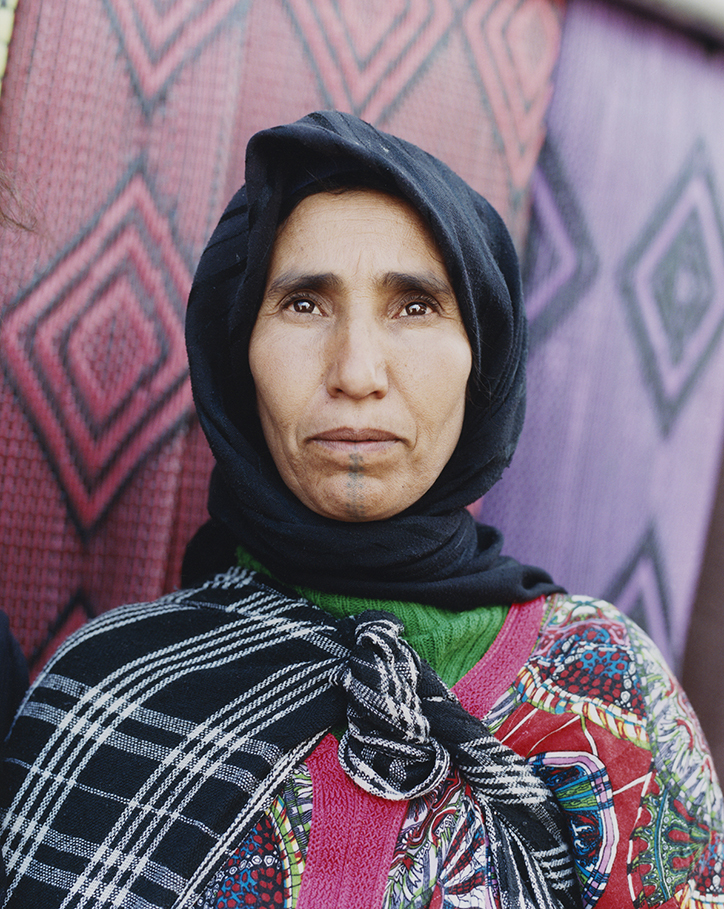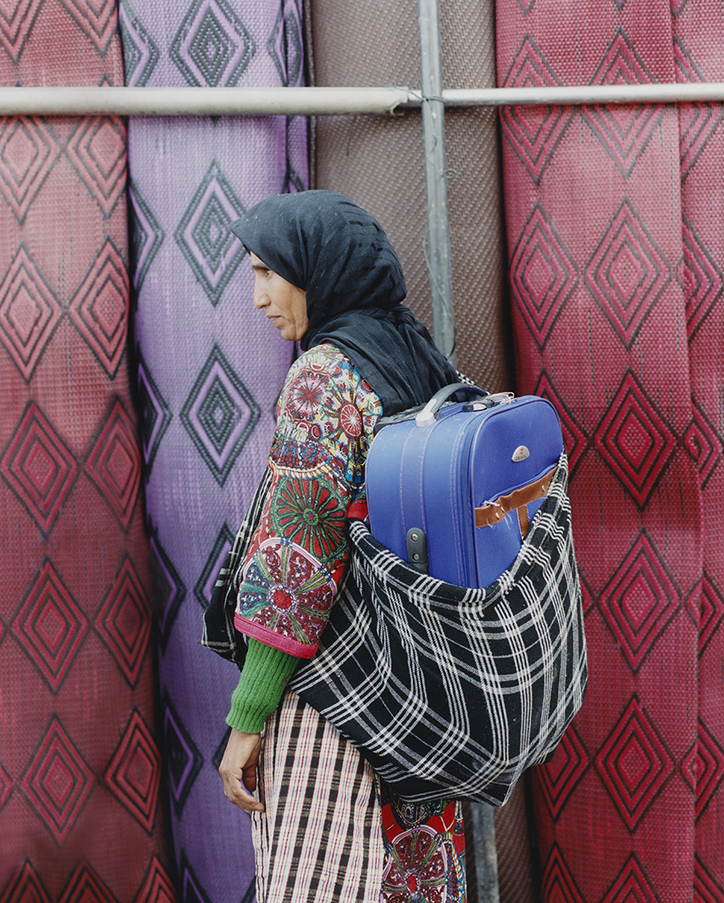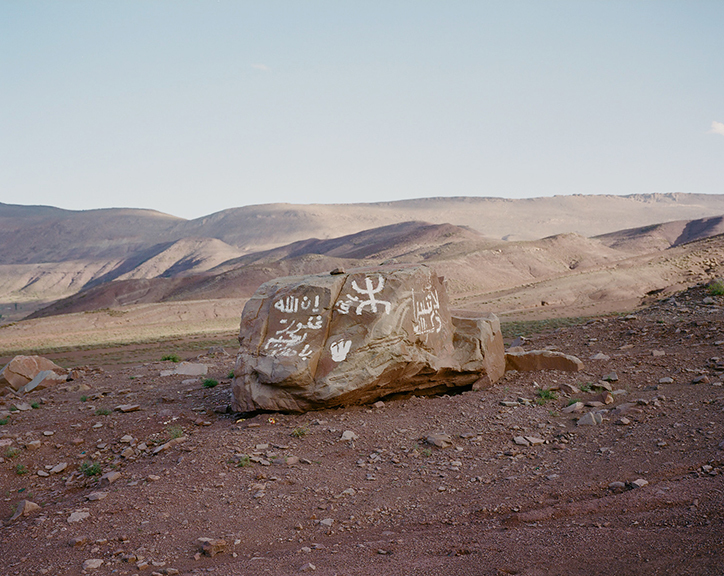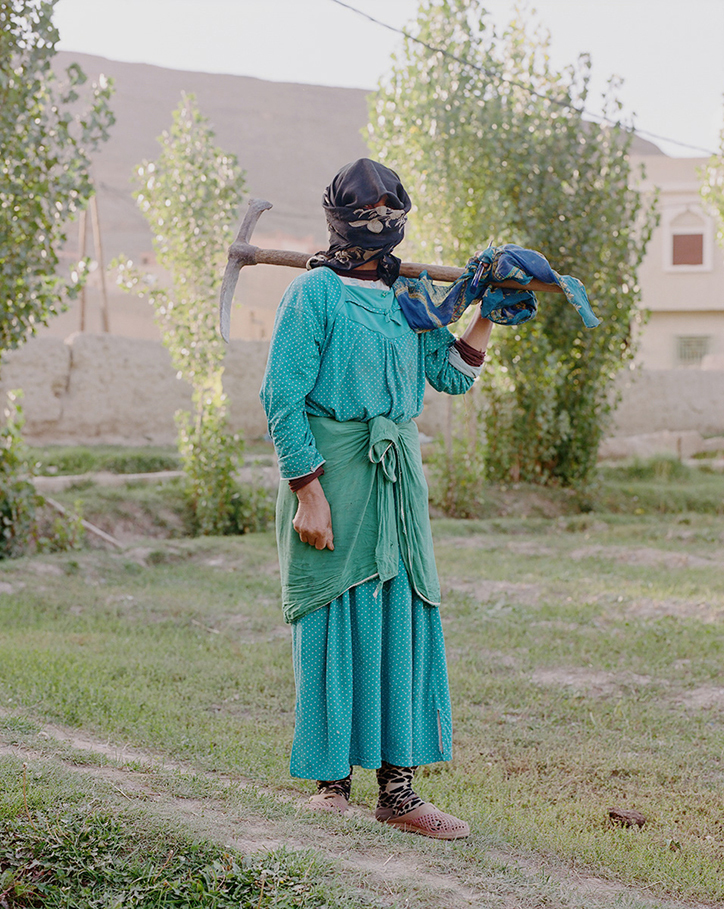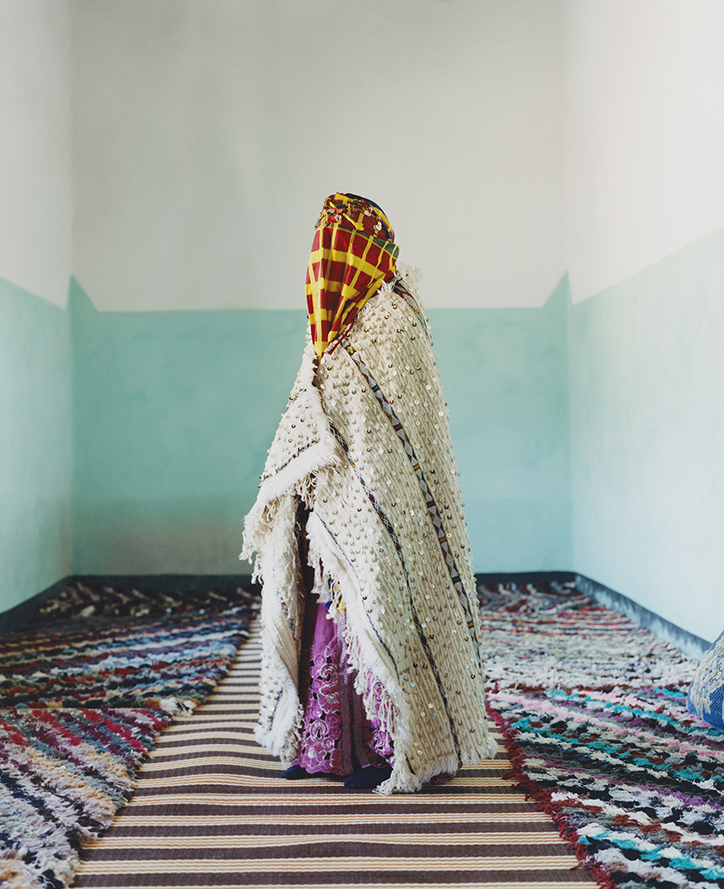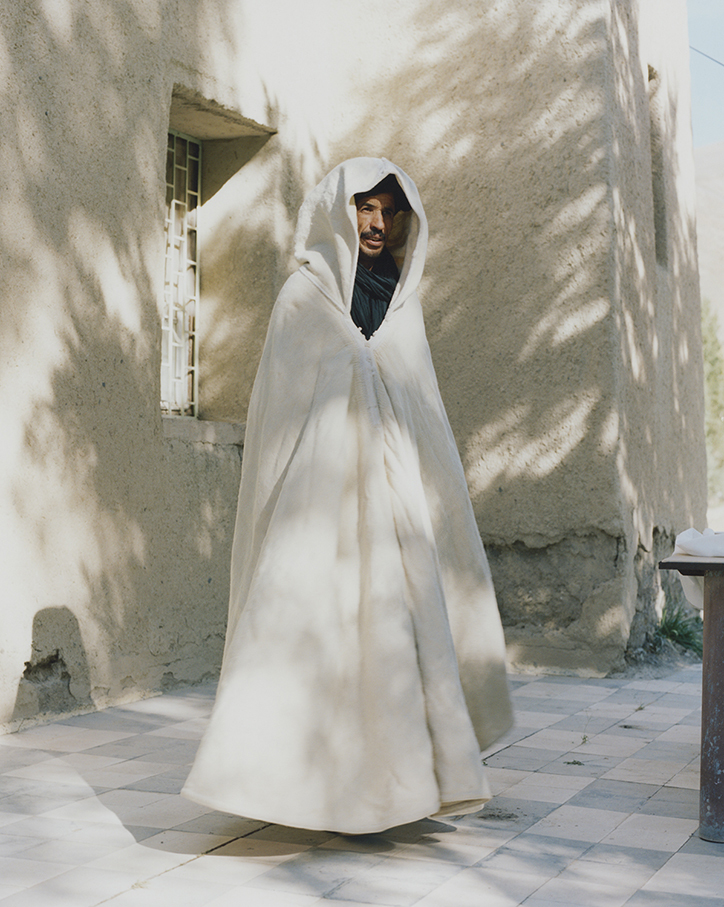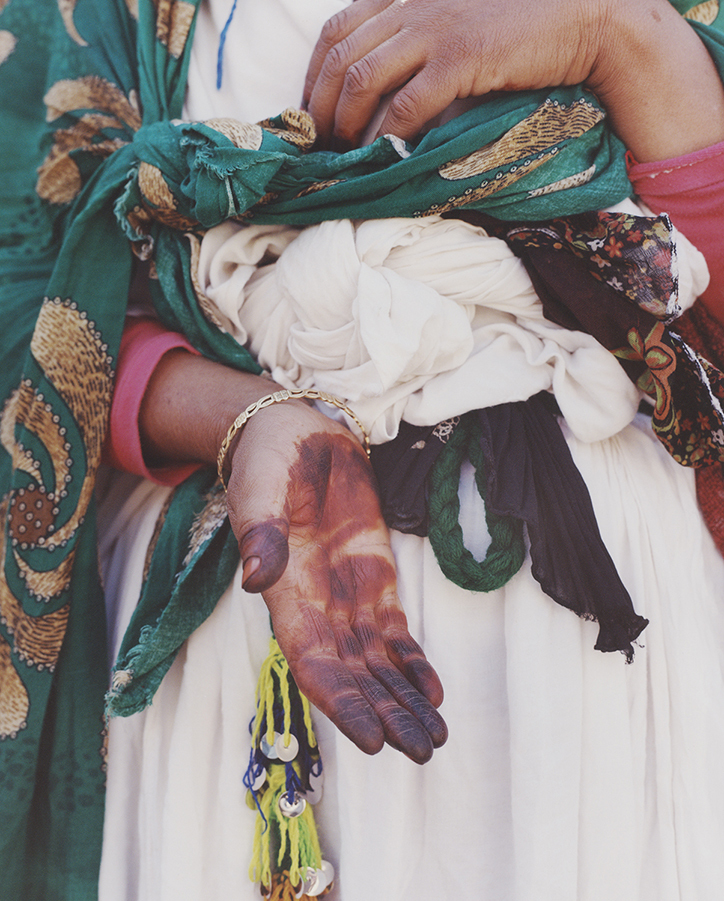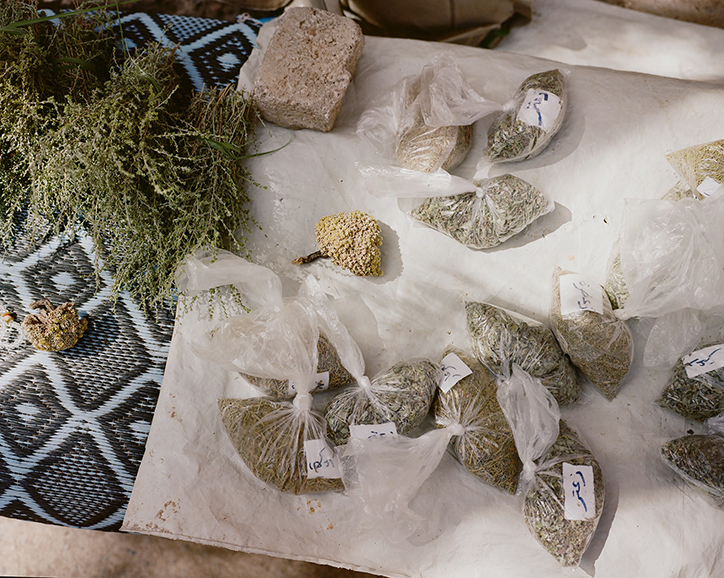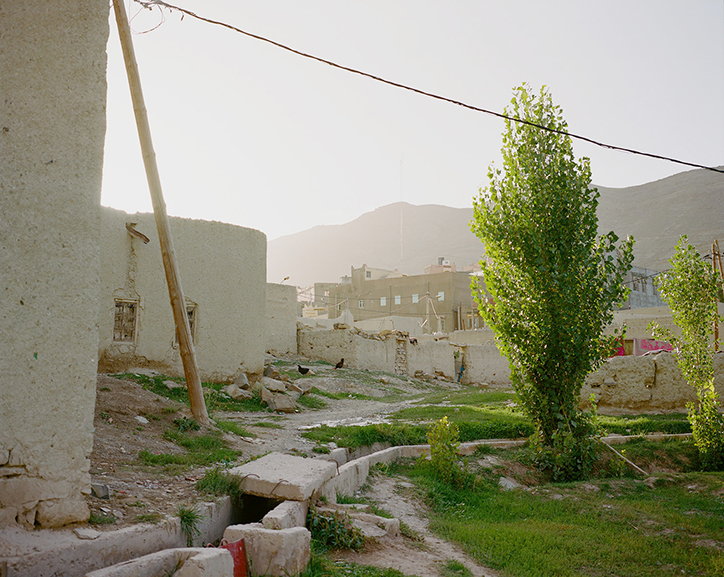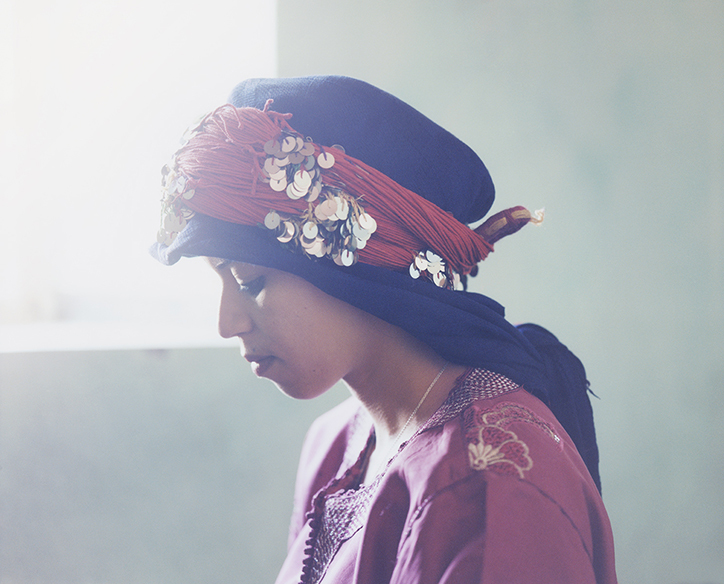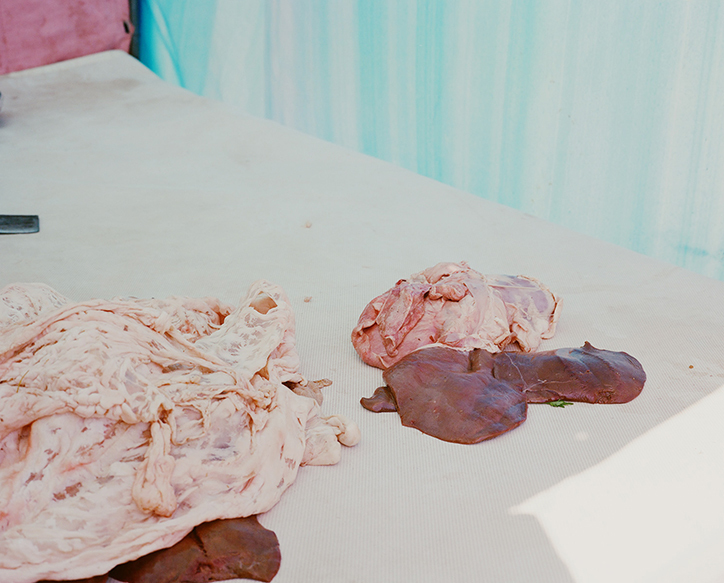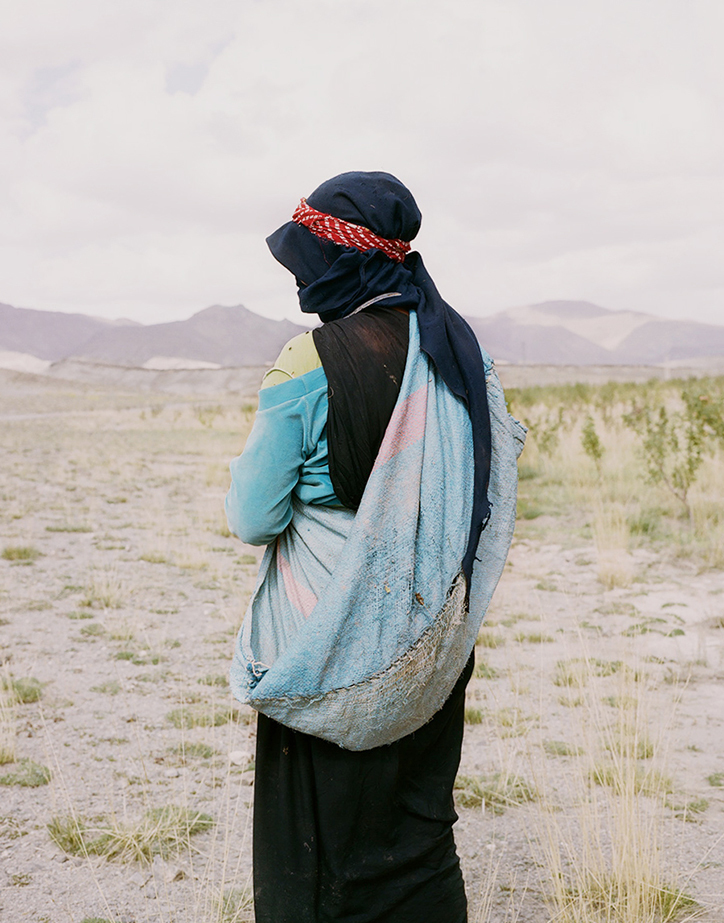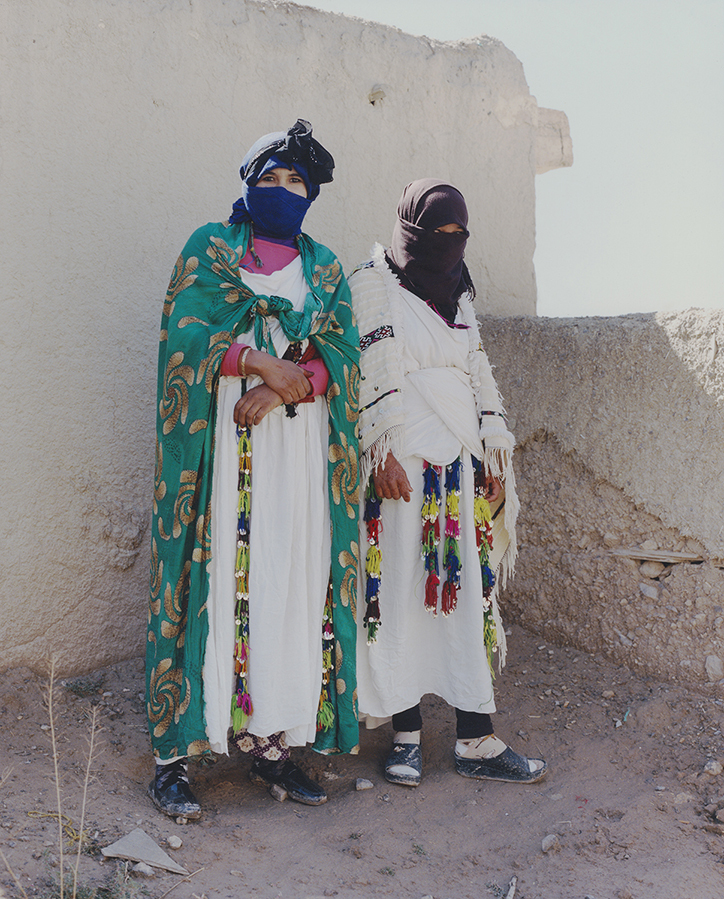Looking For Love
It’s Nice That recently featured Kate Peter’s photographs of the tribes looking for love in the foothills of the Atlas Mountains. Art Direction by Gemma Fletcher. Words by Lucy Bourton.
In the foothills of Morocco’s Atlas Mountains is Imilchil, a small town where, as photographer Kate Peters puts it, “love is genuinely written into the landscape of the area.”
Year on year Imilchil is subject to a festival of love, known as the Moussem or Festival of Sidi Hmad Mghani, where local tribes gather with the aim of encouraging “the young Amazigh to find a partner”. The event, which has taken place for over four centuries, is something that London-based Kate and art director Gem Fletcher had been set on documenting for years, taking two years to complete.
Kate, a photographer who admits her introduction to the medium “is a bit naff” – she followed the path of a “really inspiring photography teacher at secondary school who I thought was cool and I wanted to be like her” – was originally approached by Gem with the idea. Kate’s work today doesn’t tend to settle in one photographic genre, instead informed by “a respect and understanding of the craft of image-making”, as well as a “particular interest in the representation of women and notions of identity and performance in everyday life,” and so the subject was of keen interest to her.
Travelling to the festival, which takes “place around a noisy and chaotic market on the dusty hillside” and the dates of which are only announced a week or two before, Kate and Gem found that despite being surrounded by older men gathering to discuss their business, or women stocking up on food as the village is cut off from the town during the winter months, “nothing distracts the small groups of young people trying to catch each other’s attention.”
Imbued in tradition formed over centuries, “traditional dress is an integral part of the celebrations and helps young men identify single women in the crowd,” Kate describes. Divided into three groups, “white capes, lined with intricate patterns represent female fertility and are a symbol of status for single women,” whereas married women will wear black capes, “and divorced women are burdened with a single knot tied into their headscarf.” And while each woman’s way of dressing separates one from the other, “and the culture is very much a traditional patriarchy” points out Kate, these women stand beside each other in solidarity. “They work together,” she says, “support each other and are striving for change, equality and opportunities.”
Yet it was also when photographing the women that Kate and Gem came up against one of their biggest struggles. Of course the pair planned as much as they could through research, but they hadn’t quite realised how difficult it would be “until we got there,” says Kate. “Basically, the women are very reluctant to show their faces in any photographs as it is highly frowned upon by the men,” she goes on to explain. “It’s a very patriarchal society and the men view women who have been photographed, and the images seen by others on the internet or published etc, as being tarnished or a commodity.” Through conversation, however, the pair made sure they “had the full co-operation of and collaboration of all involved, so gaining trust was key. A lot of mint tea was consumed!”
And although many beautiful portraits make up a selection of photographs in the series, Kate additionally turned her lens towards more atmospheric shots, building a picture of the landscape the festival is held within, the pair’s travels, and also the history that comes with it. For instance, viewers will see several photographs of two lakes, representing a local folklore tale of its formation. Each lake is named “Tislit and Isli, meaning bride and groom,” titled after “a man and a woman from two warring tribes fell in love but were forbidden to marry,” Kate tells It’s Nice That. “Heartbroken, they cry themselves to death, their tears forming the two lakes.” Another image, of a quite difficult to look at liver sitting atop the side of a table, communicates how within the tribe: “it’s the liver, rather than heart, that is considered the location of true love, as the liver aids digestion and promotes well-being,” the photographer explains. “‘You have captured my liver’ or ‘my liver pines for you’ are the words exchanged if you find love.”
Reflecting on the project now, and admitting that “on the surface, the commercialisation of love is nothing new,” Kate and Gem remained surprised to see it in this community. In recent years too, the Moroccan government have made an effort to brand the festival, “perpetuating the concept of a marriage festival where people would meet and marry over the weekend.” But as Kate and Gem learned, this isn’t accurate: “the festival is still used as a place for young people to meet, and if lucky, fall in love.”
